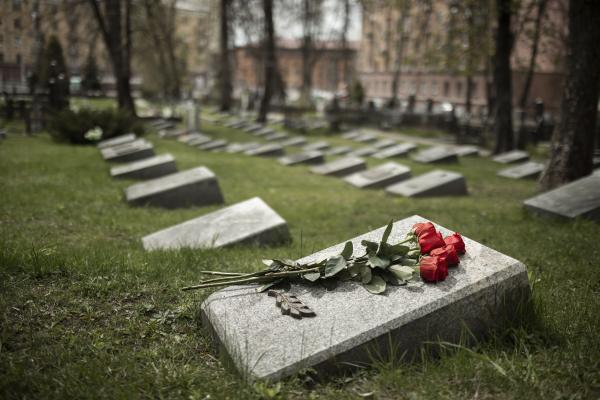
Burning chapel: meaning and traditions
The burning chapel is an element of funeral rituals that evokes solemnity and respect. Originally associated with the Catholic Church, this tradition has crossed cultural and religious boundaries, becoming a sacred space to honour the deceased, regardless of their beliefs. In this intimate space, family and friends gather to say goodbye, representing an act of love and remembrance that brings people together in times of grief. But what is the meaning of a burning chapel and how does it work?
What is a burning chapel? Where does the name originate?
The burning chapel is a place dedicated to the wake of a deceased person where the body is exposed before the funeral service. Its origin goes back to the history of the Catholic Church with the 'burning' referring to the candles that illuminated the area. Over time, the term has been adapted in different contexts, while still maintaining the essence of being a place of homage and farewell.
Now that it is understood what a burning chapel is, it should be mentioned that traditionally the burning chapel was installed in a Royal Chapel or in a private property, especially for people of high social status. Nowadays, it is possible to use any type of space suitable for this purpose, such as churches, theatres or town halls, depending on the social relevance of the deceased and the expected number of visitors. The layout of a burning chapel usually includes a coffin surrounded by illuminated ornaments, such as candles or electric lights, symbolising respect and honour for the deceased.
The burning chapel is not only a physical space, but also a symbolic act of farewell, allowing people to say their final goodbyes.
The importance of the burning chapel at a funeral
The burning chapel plays a vitally important role in our funeral services, providing a space for collective mourning and emotional support. It is here that loved ones can come together to share memories, offer condolences and seek comfort among family members, friends, acquaintances and people who loved and admired the deceased. This act of coming together, in addition to helping with the grieving process, also serves to honour the life and legacy of the deceased.
In many cultures, the burning chapel is an essential aspect of funeral rituals, as it provides a setting in which religious ceremonies or rituals can be performed, expressing the beliefs and traditions of the family of the deceased. In addition, this special space allows those who cannot attend the funeral to have a moment for a personal farewell.
The burning chapel also has an important social function because, in the case of public figures, it provides a unique opportunity for society and admirers to pay their own tribute to the deceased person. In such cases, the burning chapel becomes a space for collective gathering and reflection that itself highlights the impact and importance of the individual in society.
How is a Burning Chapel arranged?
A burning chapel is prepared after the death of a person, especially if they have gained a certain public relevance. Although they were traditionally held in religious buildings, nowadays it is possible to arrange them in other buildings such as sports centres, cultural centres, theatres or cinemas.
The typical arrangement of a burning chapel includes the coffin being placed in the centre, surrounded by illuminated ornaments such as candles or electric lights. One of the most common touches is to place two rows of three candles on either side of the coffin, although the number of candles can vary according to the wishes of the organiser. In addition, it is possible to include a kneeler for prayer and a crucifix or cross, depending on the religious beliefs of the deceased and their relatives.
During the time the burning chapel is open, it is kept permanently illuminated, allowing visitors to pay homage to the deceased. The space is not only used to mourn the deceased, but also as somewhere for people to gather and find emotional support.
Cultural traditions about the burning chapel
Cultural traditions surrounding the burning chapel vary according to region and religion, but all share the common aim of paying homage to the deceased. In many cultures, the burning chapel is a place of respect and veneration where different rituals and ceremonies can be performed.
In Catholicism, for example, the burning chapel often includes religious elements such as crucifixes and prayers, reflecting the faith of the deceased and their family. In other traditions, specific rituals or songs may be performed during the wake.
The burning chapel also plays an important role in the final farewell of public figures. In such cases, it becomes a space where the public can gather to pay tribute and remember the deceased's contributions to society. These chapels are usually larger and located in places accessible to the public, such as government or cultural buildings.
Additionally, the burning chapel can be a place to express collective mourning, especially in cases of death that impact an entire community or nation. At such times, the burning chapel has the power to become a symbol of unity and respect, providing a space where people can share their grief and comfort each other.


